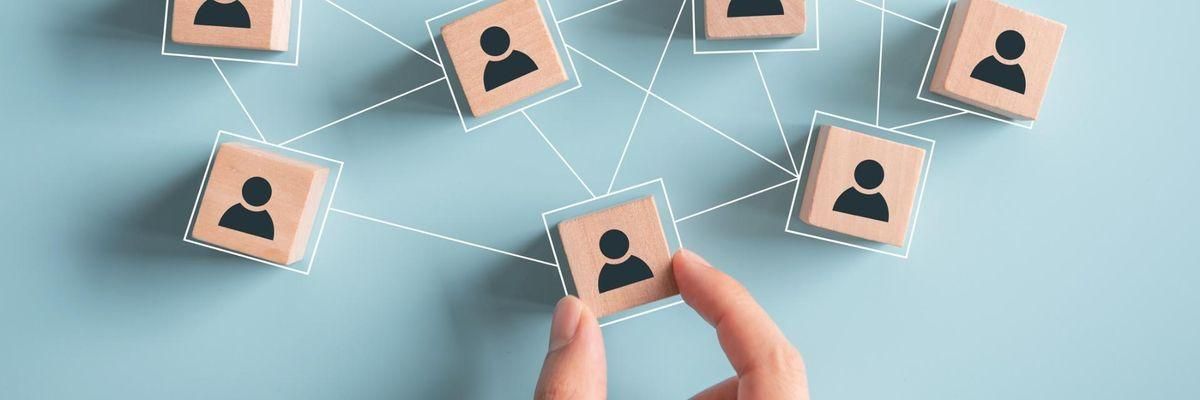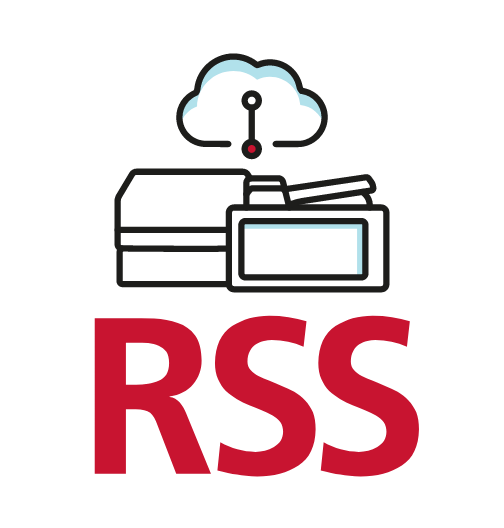
Connectivity Connundrum
See the findings from our Harris Poll survey on balancing professional and personal connectivity in the workplace.
Blame productivity slumps on technology?
Summer is over. Back to school and back to work, right? Well, not so fast. Workforce productivity may not be as high as you think. Workers need to be connected to electronic resources at work so they can create, use, and share information, but they're only a click away from alluring distractions like personal email, Facebook, Twitter, and Tumblr. This "connectivity conundrum" is the subject of a recent survey, which revealed these findings:
- Three out of four workers (76%) check personal email.
- Three out of five (61%) take personal calls.
- Two out of three (67%) text using a mobile phone at least once a week while on the job.
- Approximately one in three employees (35%) post to their social media accounts and even play games (34%) on a weekly basis.
- These results are from an online survey that was conducted within the United States by Harris Poll on behalf of Ricoh from August 1-5, 2014, among 2,014 adults ages 18 and older, of whom 1,034 are employed full-time, part-time, or self-employed.
Recognize the dilemma
You've worked hard to achieve information mobility — meaning that the information employees need to do their jobs is instantly accessible anytime, anywhere it's required. Distractions can undermine information mobility, which is vital to your success, so be aware. All generations give in, but workers 18 to 34 are twice as likely to post to social media accounts as those aged 35 to 64 (49% versus 28%, respectively) and to play games (50% versus 25%, respectively) at least weekly.
Expect a flexible work-life boundary
In the past, there was a clear line between work and non-work activities. But now it's not so clear. When both parents are working, they often don't have a choice but to make doctors' appointments or talk to teachers between 8:00 and 5:00. In other cases, workers may give in to distractions just because it's easy or because it's a way to rebalance and offset work done after hours. For example, if your HR specialist spends weekend time collaborating on a project, is it unreasonable for her to take a call from a friend or family member during work hours? Alternatively, workers may view distractions as a way to recharge their mental batteries throughout the day. Sometimes switching gears is a good thing.
Take practical steps to deal with the connectivity conundrum
These tips might help you combat distractions linked to technology in the workplace:
- Accept that it's happening and talk to your employees about distractions and challenges of staying focused.
- Set expectations about the majority of a workday being spent on activities for which employees are paid to do.
- Define and measure goals. If employees reach their goals within the expected timeframe, it may not matter how they allocate their time.
- Keep an eye on the situation. Employee monitoring, using digital tools for computer usage down to the keystroke, is possible. Sometimes trust needs to be verified.
- Improve your culture at work. Make your work environment fun and just as appealing, or more appealing, than the distractions and fewer people may give in to temptation.
Want to learn more about millennials, workplace trends, connectivity trend,s and technology at work? Check out these articles and infographics.





